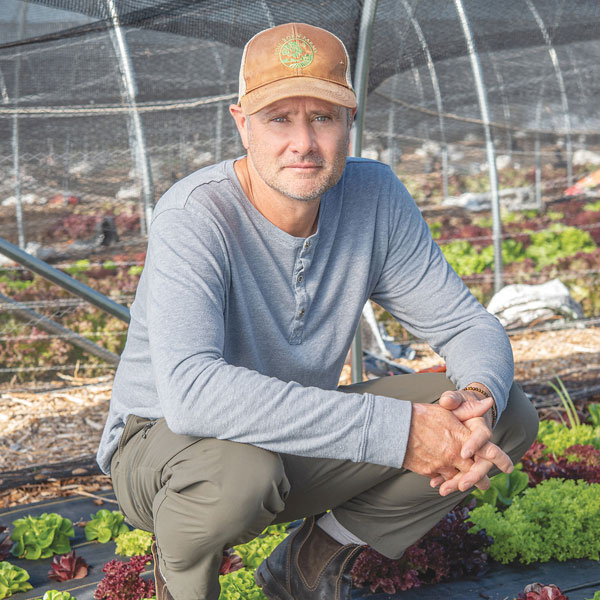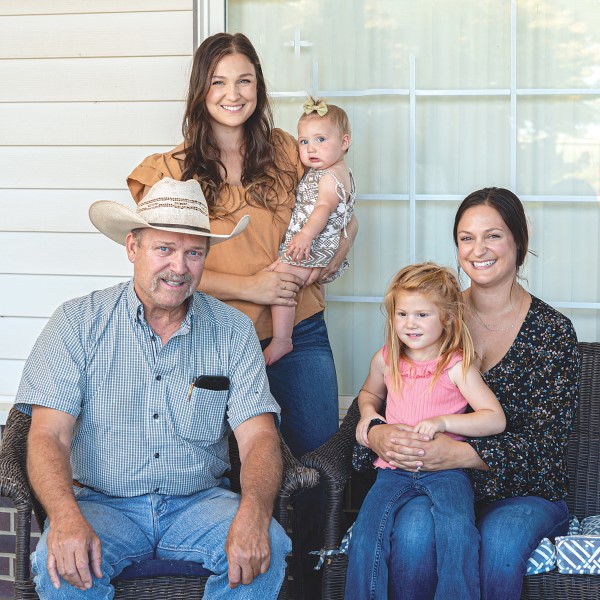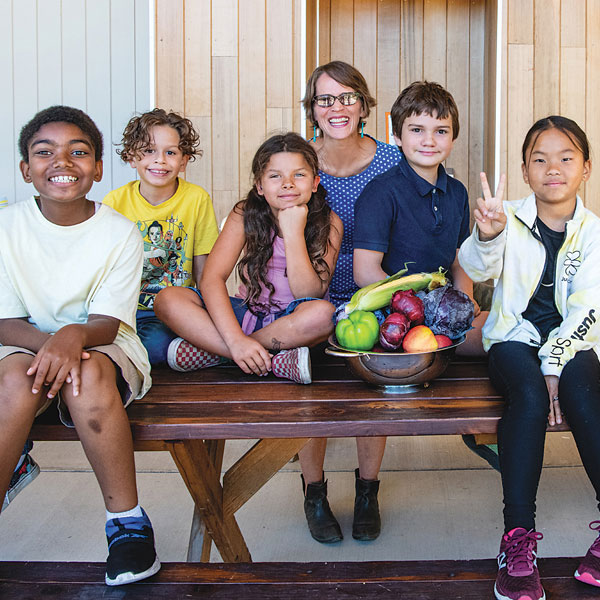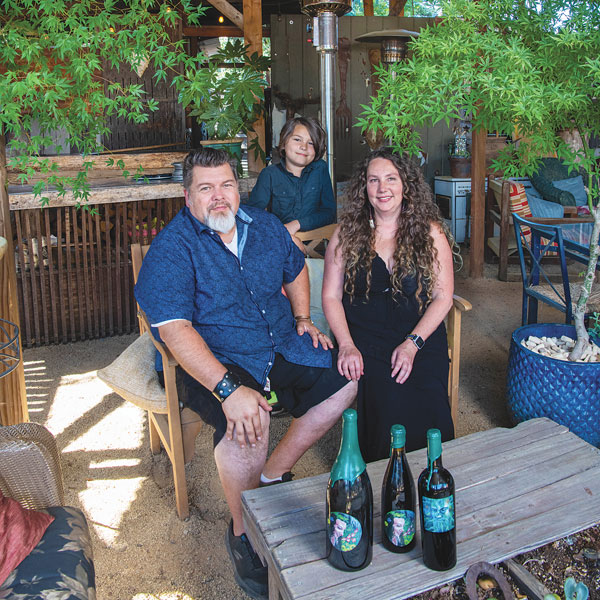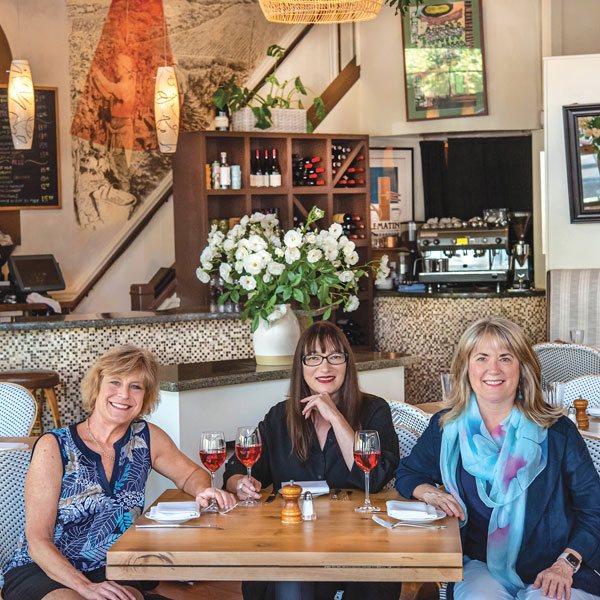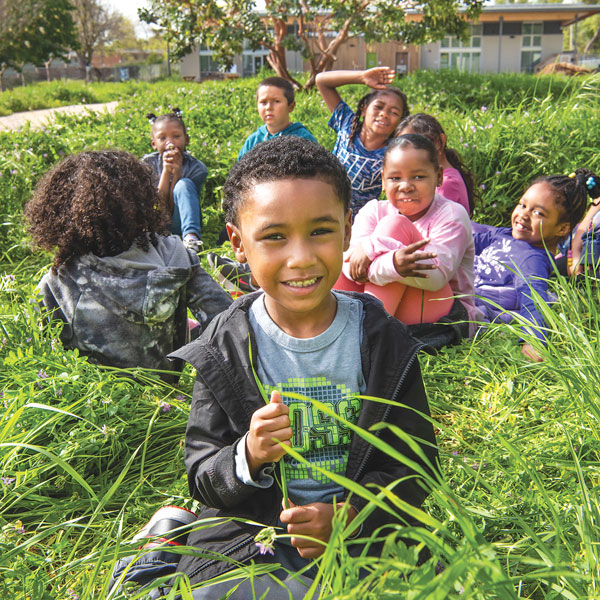
Sep 28, 2023
Soil Born Farms is the farm in the farm-to-fork capital.
Walking the farm at American River Ranch, off Chase Drive in Rancho Cordova, the bounty and its possibilities present themselves in powerful ways.
First, let’s admire the farm beds, prepared a year or two in advance with cover crops that promote carbon sequestration. Next, here’s an area soon to be planted in tall oaks. Nearby is a restored creek, cleared for salmon and steelhead spawning.
A walkway features hundreds of California native plants. An outdoor classroom is shaded by hanging grape clusters. At the demonstration garden, children find runner beans, sunflowers, peppers and tomatoes flush for picking.

Aug 28, 2023
For almost six years, I cooked at a farm-to-table restaurant that bought a whole lamb every week, locally raised, sustainably grown.
We butchered down the lamb into meals and made salumi and sausage with the scraps. Bones went into our Brodo, a mixed meat stock. We cooked and sliced kidneys and tongues for salads or antipasti dishes. Every part of the lamb was used and appreciated.
I also worked for restaurants and catering companies that relied on industrial produced lamb cuts, racks and deboned legs, shipped from Australia or New Zealand, where the animals were brought to slaughter in mass for lower cost.

Jul 28, 2023
One afternoon in my community college English classroom, four students arrived with an assortment of Fiery Hot Cheetos, Skittles and sodas. Students aren’t supposed to eat in classrooms, but it was lunchtime. I knew the students were hungry and didn’t interrupt their snacking before class.
No surprise, by our 1:30 p.m. break, the students who devoured vending machine snacks were lethargic and barely able to participate.
The trends are horrifying and unmistakable. Forty percent of California fifth graders are overweight or obese. A disproportionate number among them are minority students. We know young brains need nourishment. The mind-body connection is under-addressed in our schools.
The Food Literacy Center wants to change how kids eat, teaching them about nutrition and how to prepare culturally relevant, nourishing foods.

Jul 11, 2023
When I visited Chateau Davell in Camino, the Sierra’s incremental unfolding of redbud, dogwood and lilac blossoms just reached the small vineyard at 3,100 feet elevation. As Emily Hays invited me into the tasting room, I could see the Sacramento Valley unfold across verdant grass and opening buds.
Eric and Emily Hays started Chateau Davell in 2007 with a land purchase. The couple wanted to spend time with Eric’s mom and dad, and raise their family in a healthy place with a sustainable environment.
At Chateau Davell, the couple uses biodynamic methods to nourish the land and the people who work the vineyard and enjoy its bounty. Southdown sheep prowl the vineyard to graze down weeds between the rows. They aerate the soil with their hooves and fertilize with nitrogen rich manure, the owners tell me.

May 30, 2023
The best chefs I worked with never took sole credit for the elaborate meals they served. They emphasized team effort. Every decent kitchen needs a brigade, with many hands making each meal distinct.
The best writers I’ve learned from call on communities of writers for inspiration. They apprentice less experienced writers and encourage them to find their voices. Creativity needs a community.
Les Dames d’Escoffier Sacramento is building a community between our region’s food and beverage leaders and young female professionals in the hospitality industry.

Apr 28, 2023
Imagine living in a state where every resident, child to elder, has access to farm-fresh, healing, life-sustaining produce.
For decades, access to nourishing produce has been associated with more privileged lifestyles. In poorer areas, adults suffer diet-related health conditions. Children are often malnourished. Ten percent of Californians have diabetes.
People with the least amount of money often travel long distances for healthy produce.
In recent months, I’ve learned about the California Office of Farm to Fork and its Farm to School Program. I began to see threads pulling together the farm-to-fork movement. Each link forms a chain of relationships.
